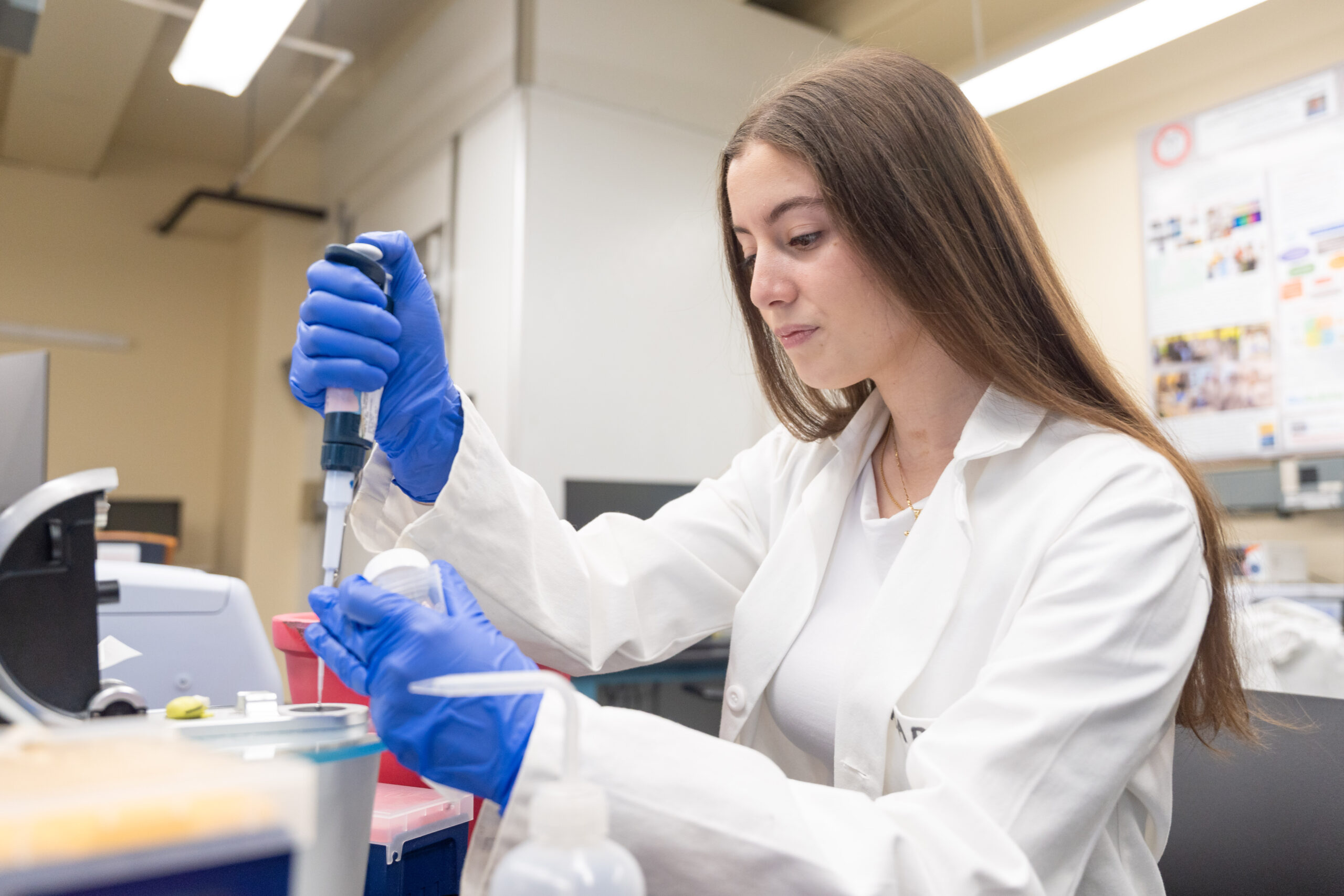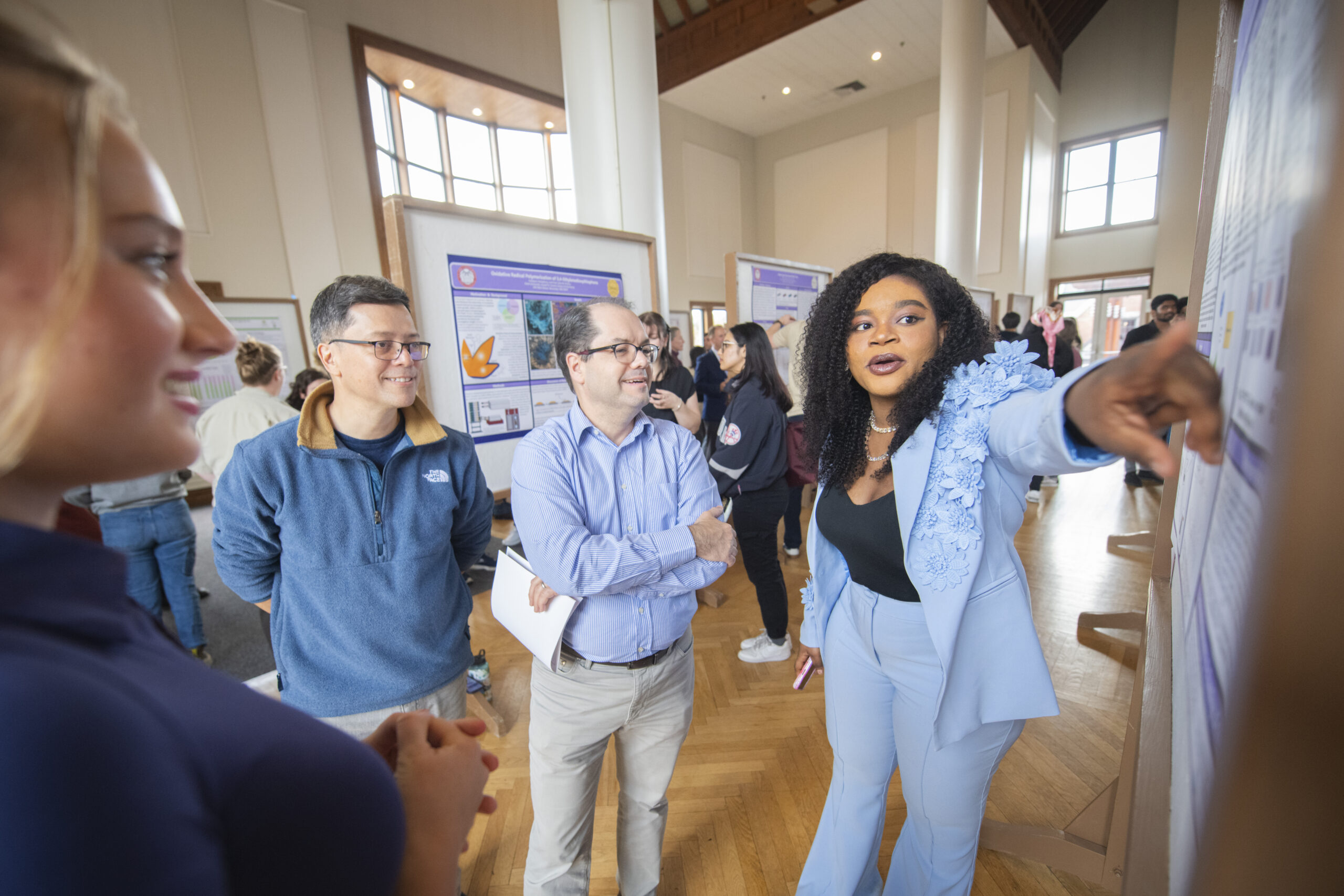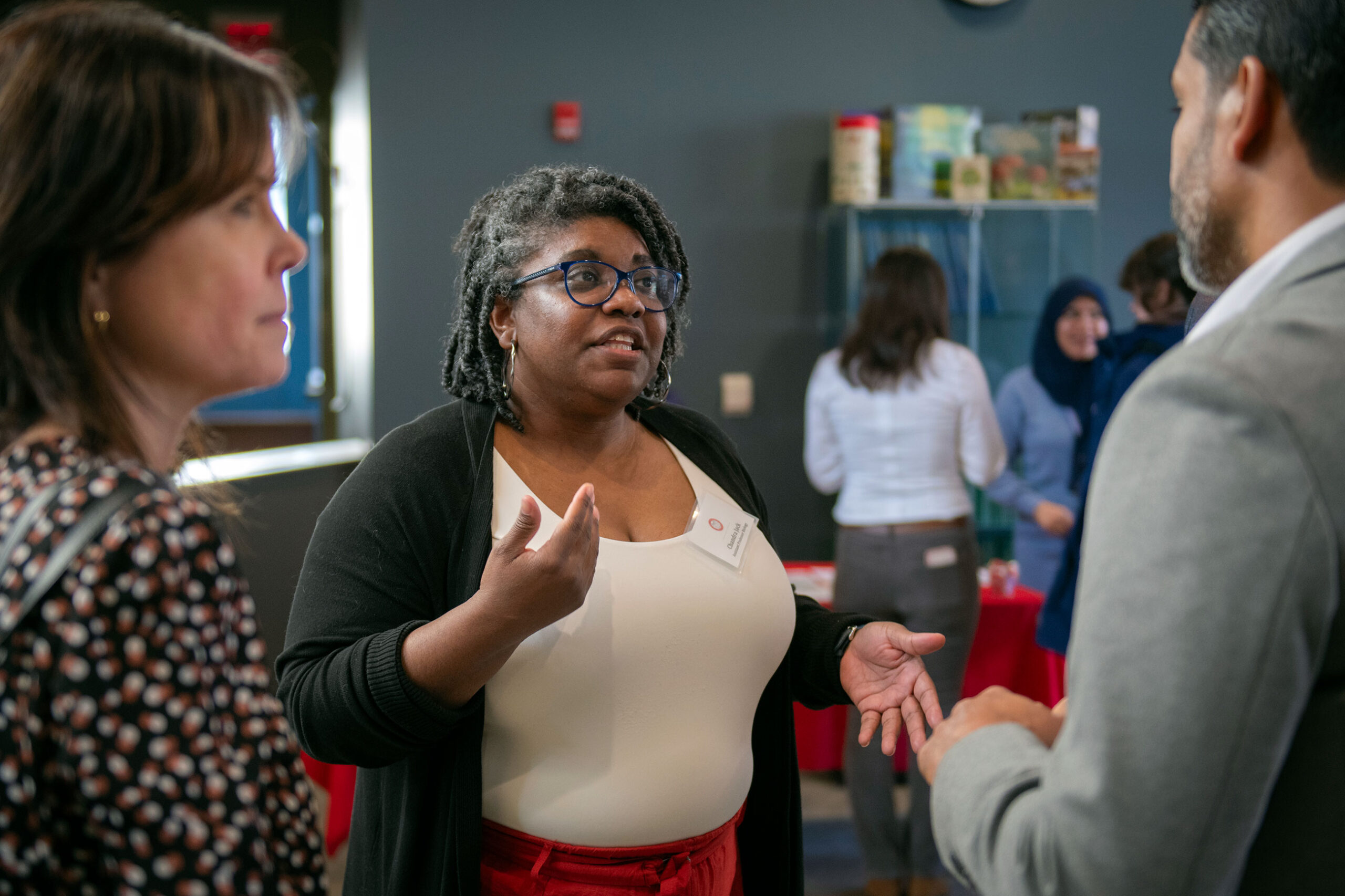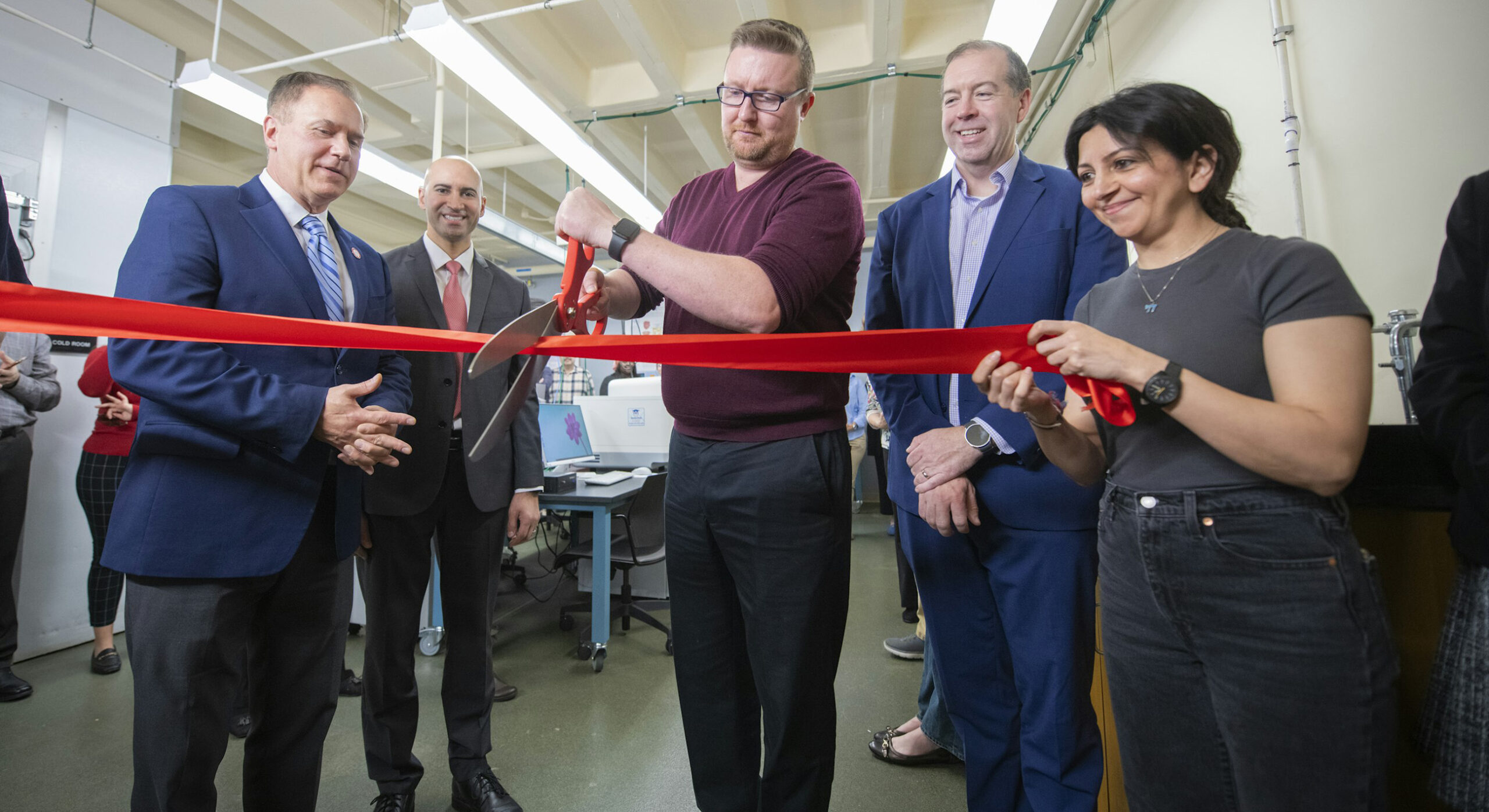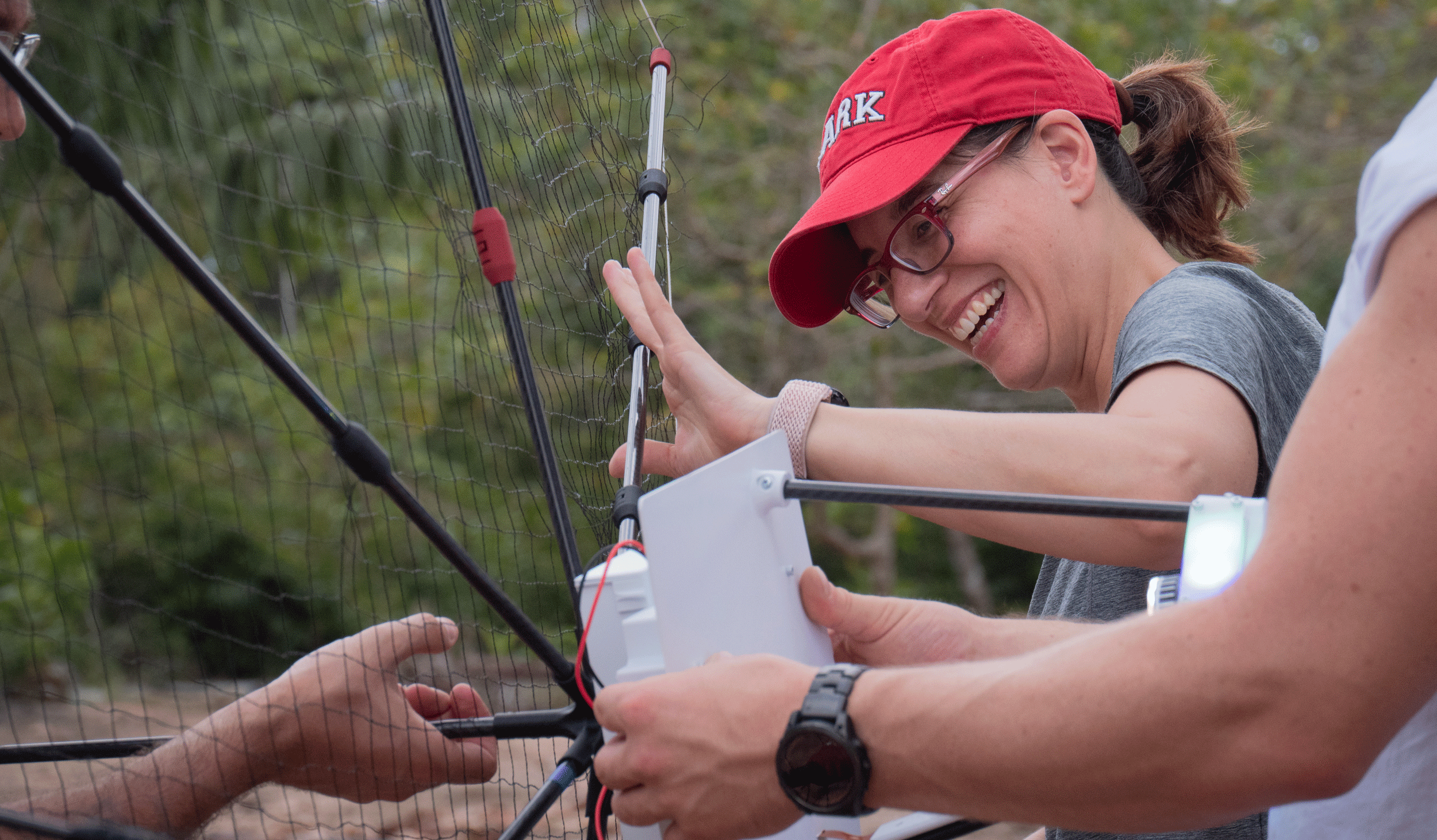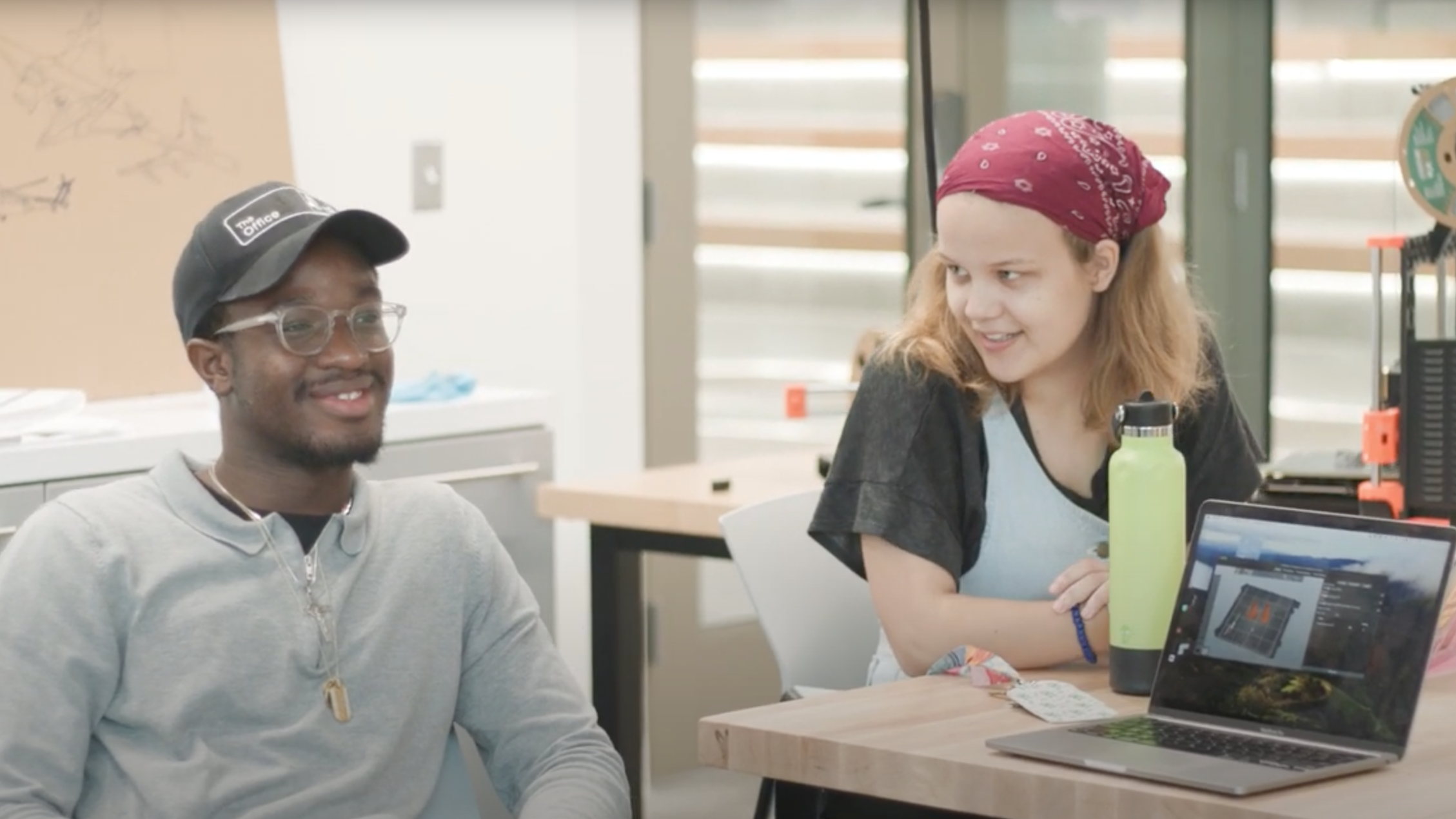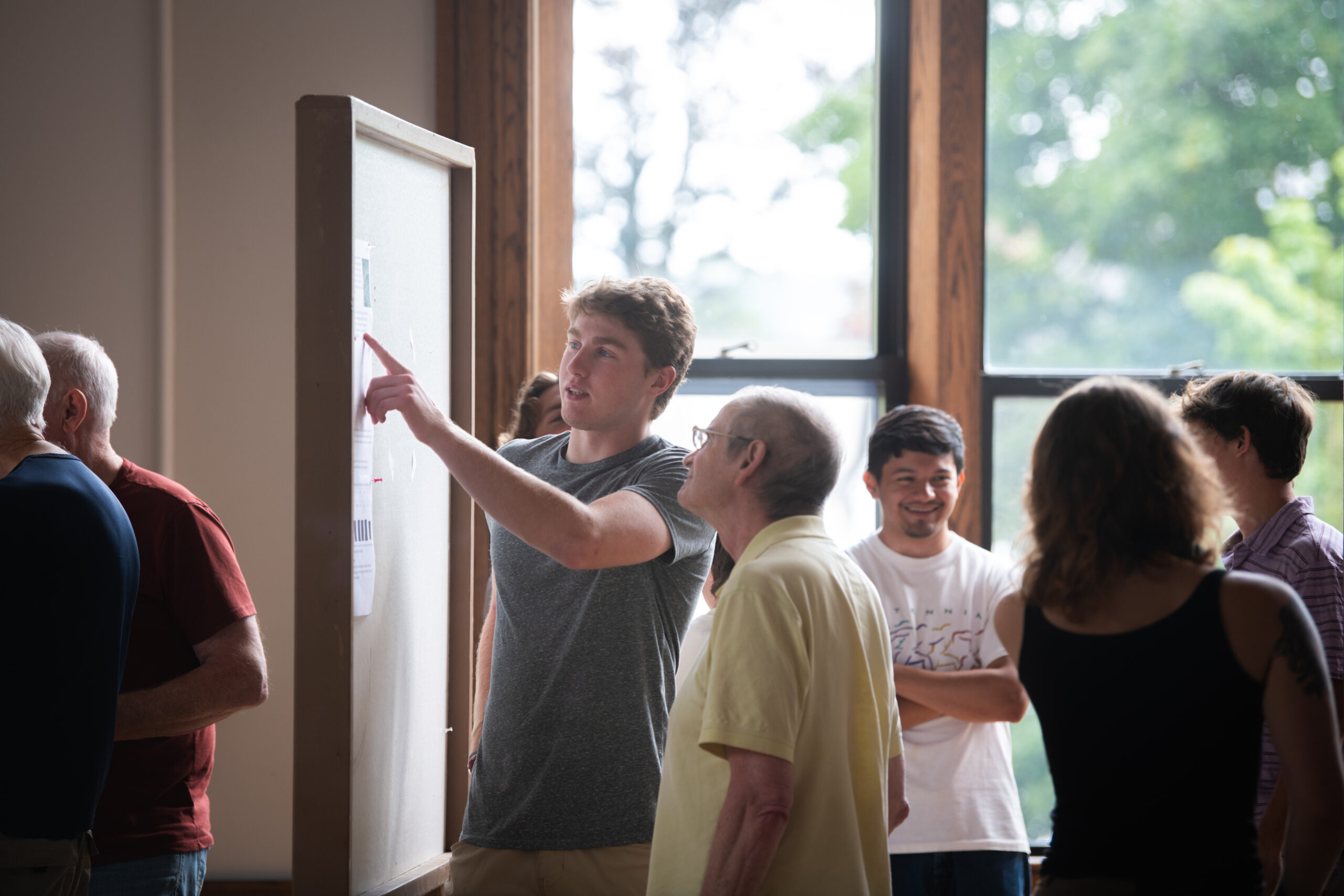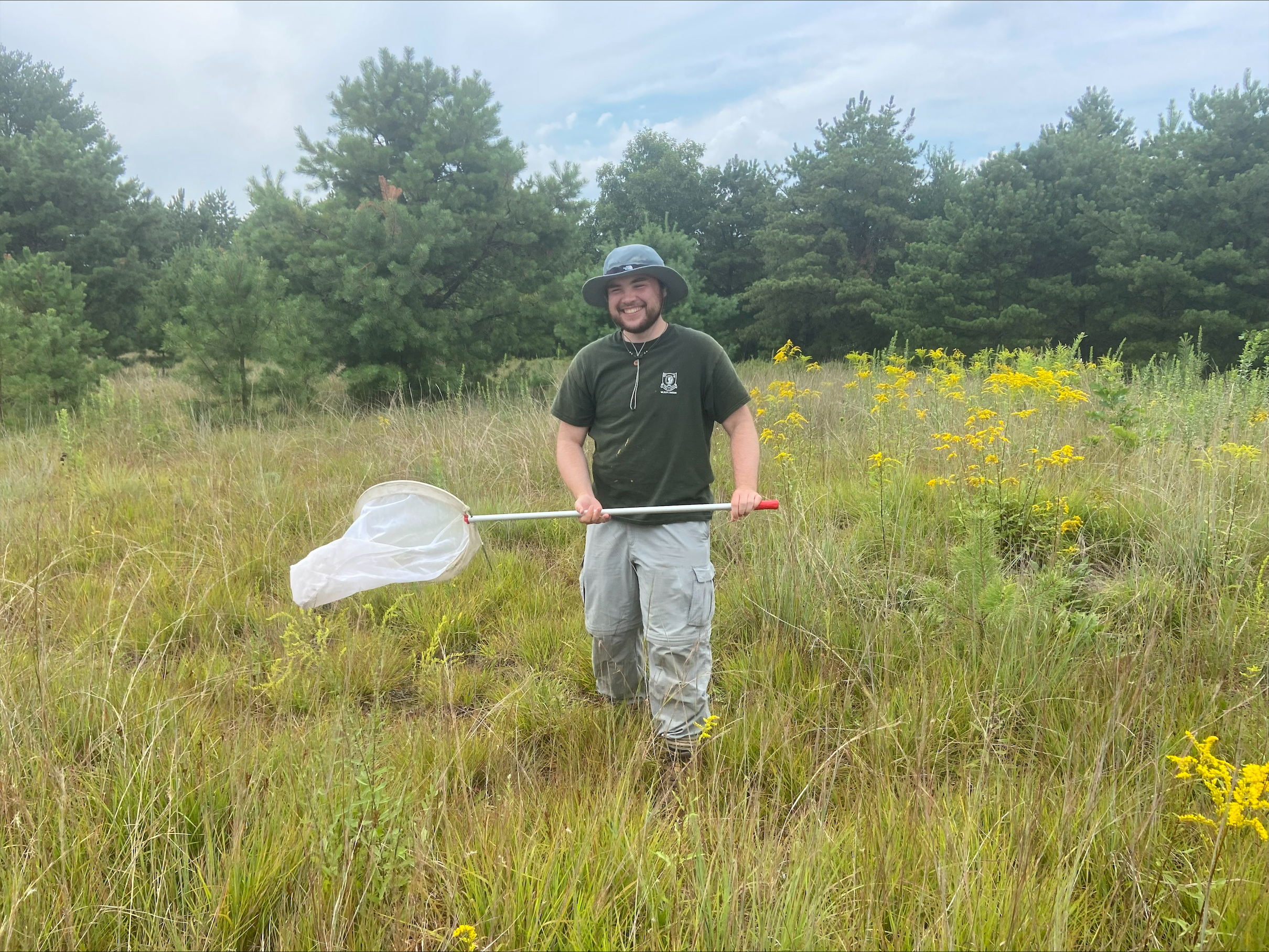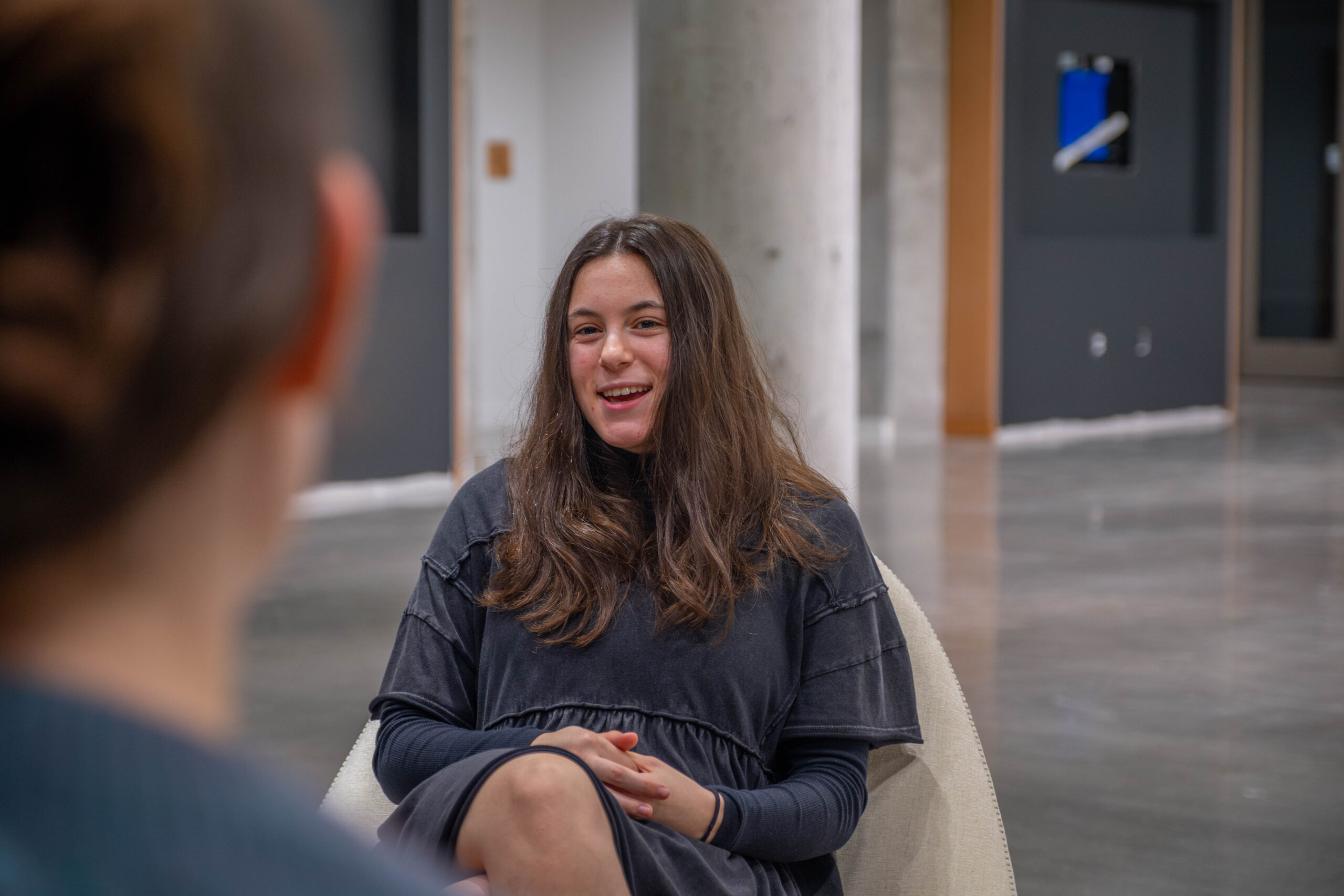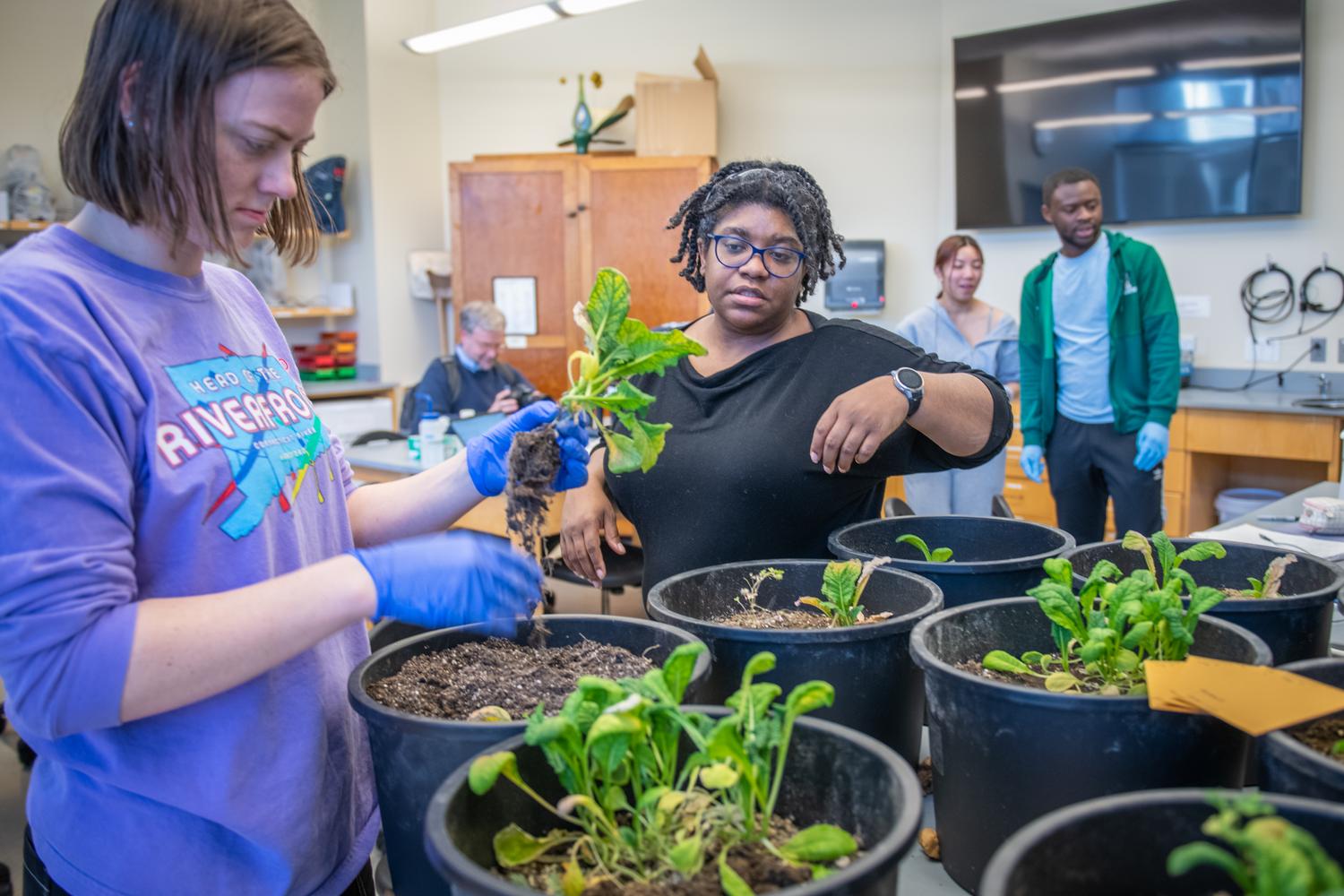-
‘Science can be creative’
In the lab, Marina Sako ’26 investigates DNA ‘breakage’ Marina Sako ’26 recalls wondering as a child how broken bones “know” to put themselves back together. This early fascination gave her a thirst to know how the human body operates on a molecular level, and eventually led her to study biochemistry and molecular biology. Sako…
-
From the Stone Age to the video age
ClarkFEST to highlight student research through traditional and interactive exhibits
-
How can healthy soil and plants improve food security?
EPIC greenhouse houses biologist Chandra Jack’s critical food-sustainability research
-
‘I couldn’t do this research without the new lab’
Ribbon cut on $750K grant-funded life sciences facility
-
72 hours in the Amazon
Geography professor vies for $10M research prize with Brazilian rainforest study
-
‘There are barely any limitations’
Student interns in the Lux Lab are dedicated to educating and inspiring
-
Fruit flies and fungus, molecules and mutations
Summer STEM Workshop brings science alive
-
Clark senior’s research takes wing
Can the endangered frosted elfin butterfly be saved?
-
‘It feels surreal’
Nina Carlson ’24 is ready to join Microsoft
-
How can microbes help farmers grow more food to feed the world?
Below the surface of the soil, a diverse community of microbes — living organisms like bacteria, viruses, fungi, and protozoa — interact and play a significant role in breaking down organic matter and cycling nutrients. These microbial interactions can improve or, in some cases, impair the health and growth of plants. Although they cannot be…
You’re visiting clarku.edu beta. Tell us what you think


